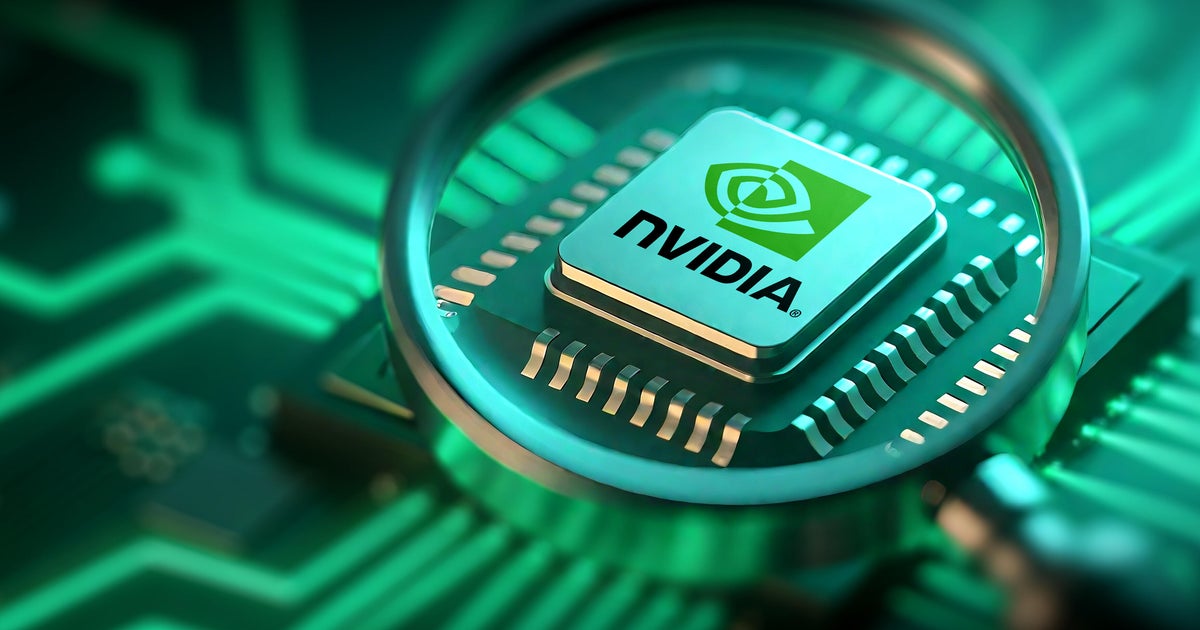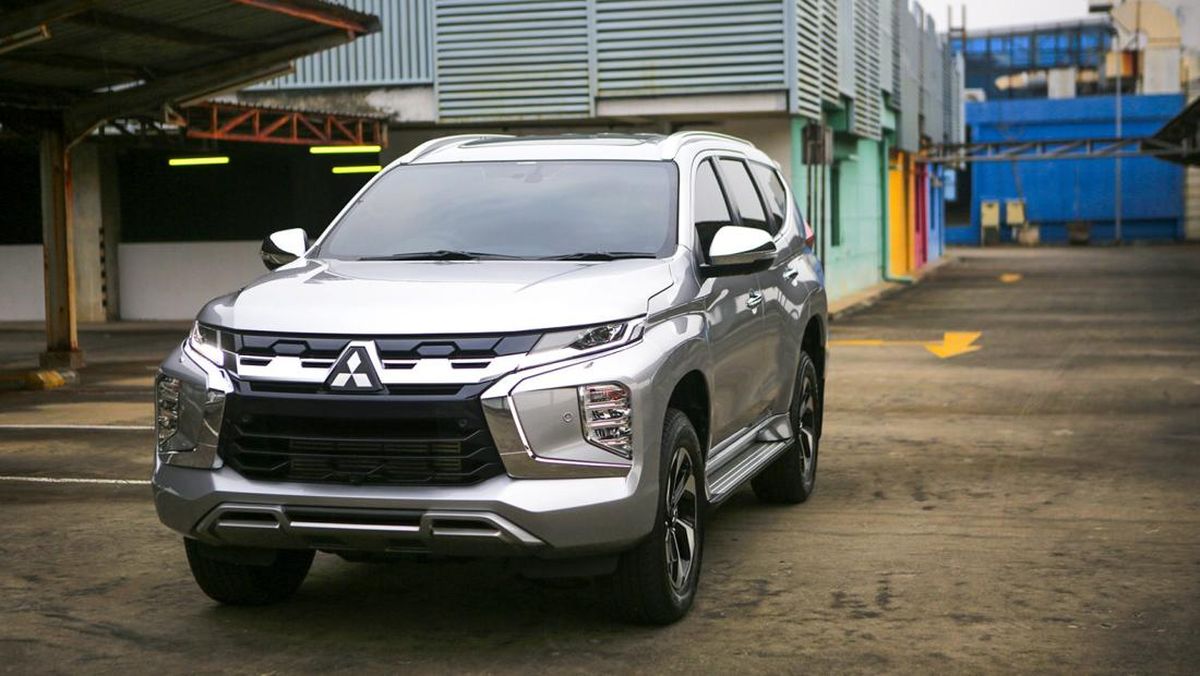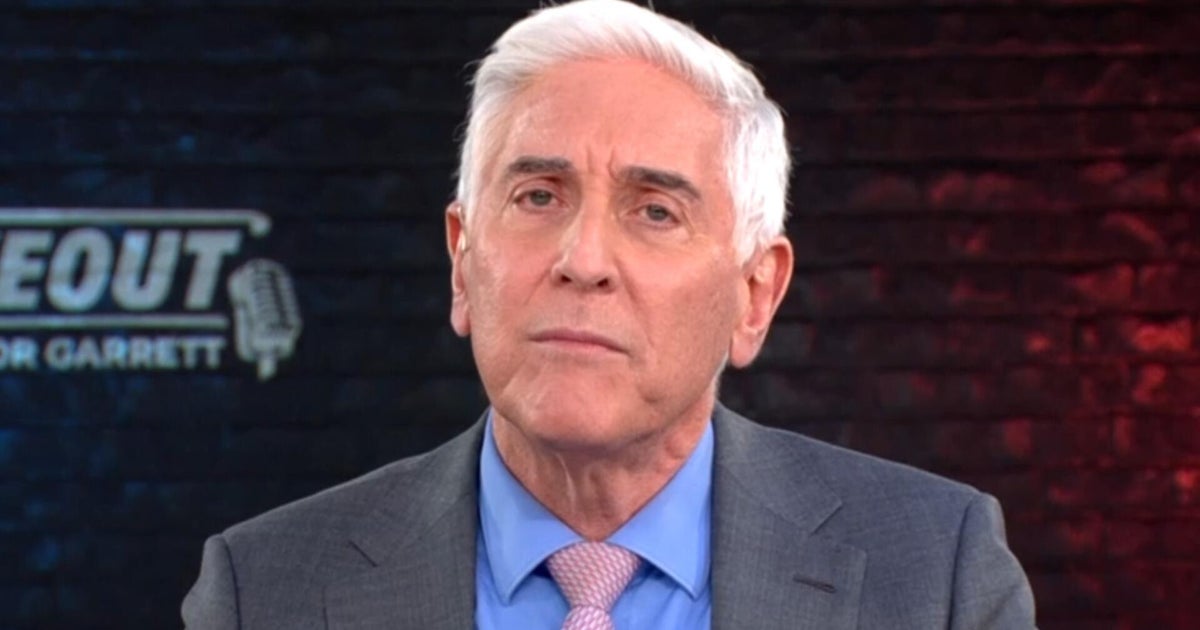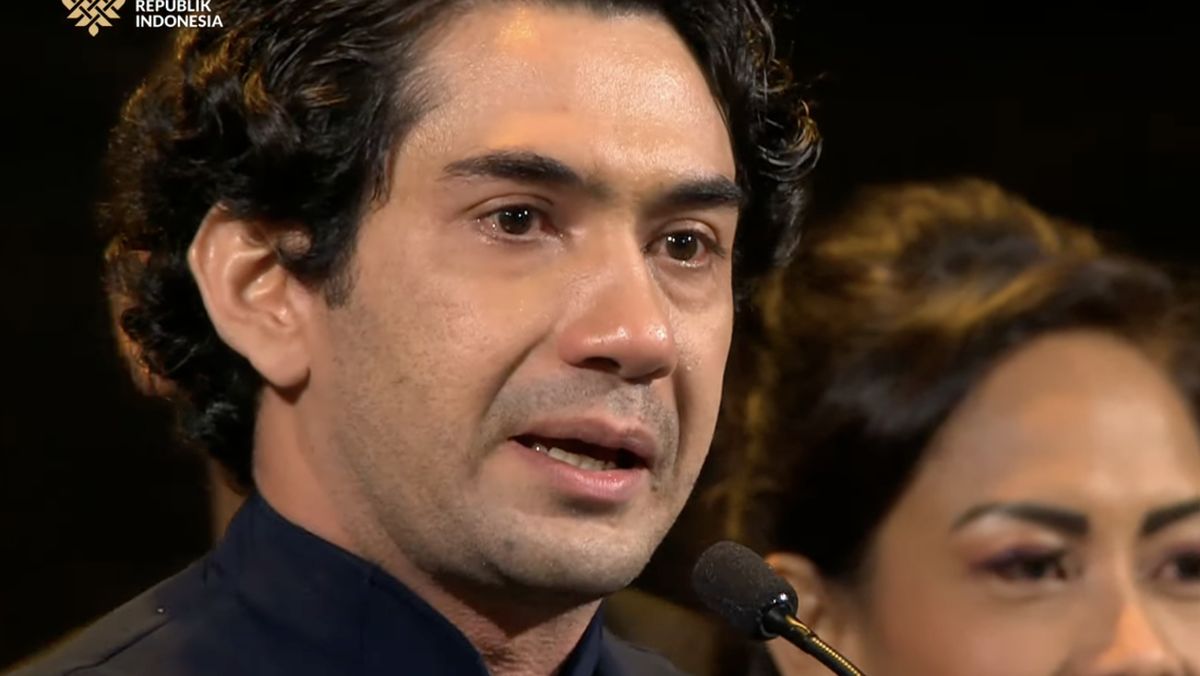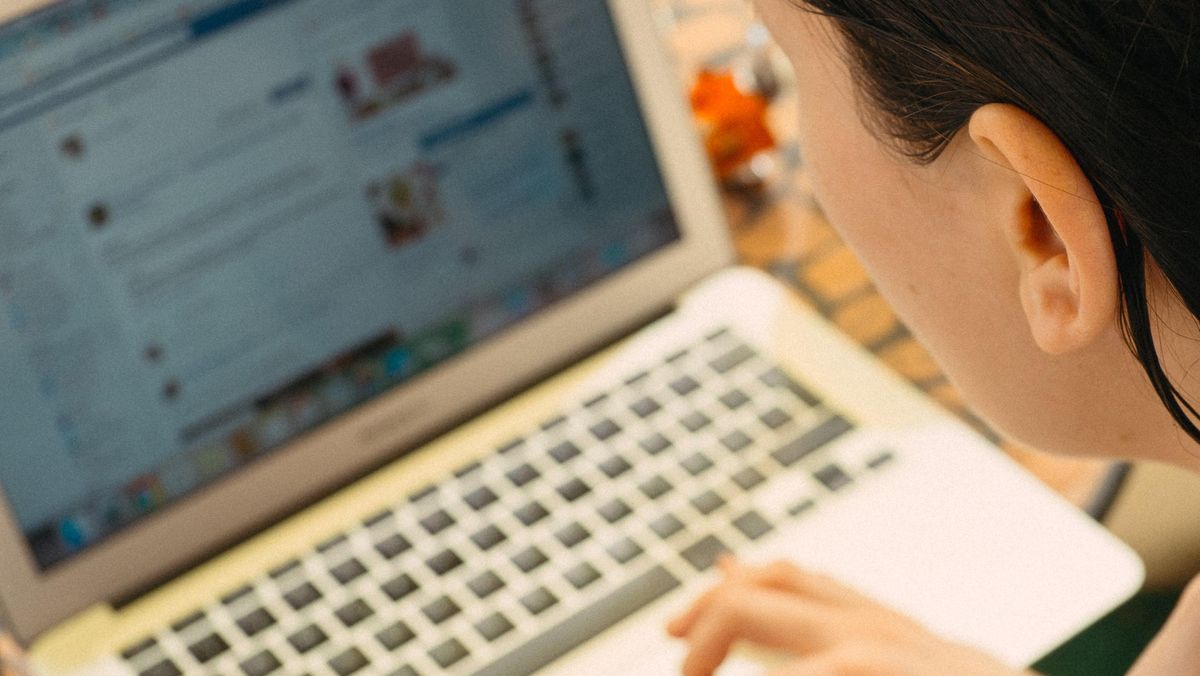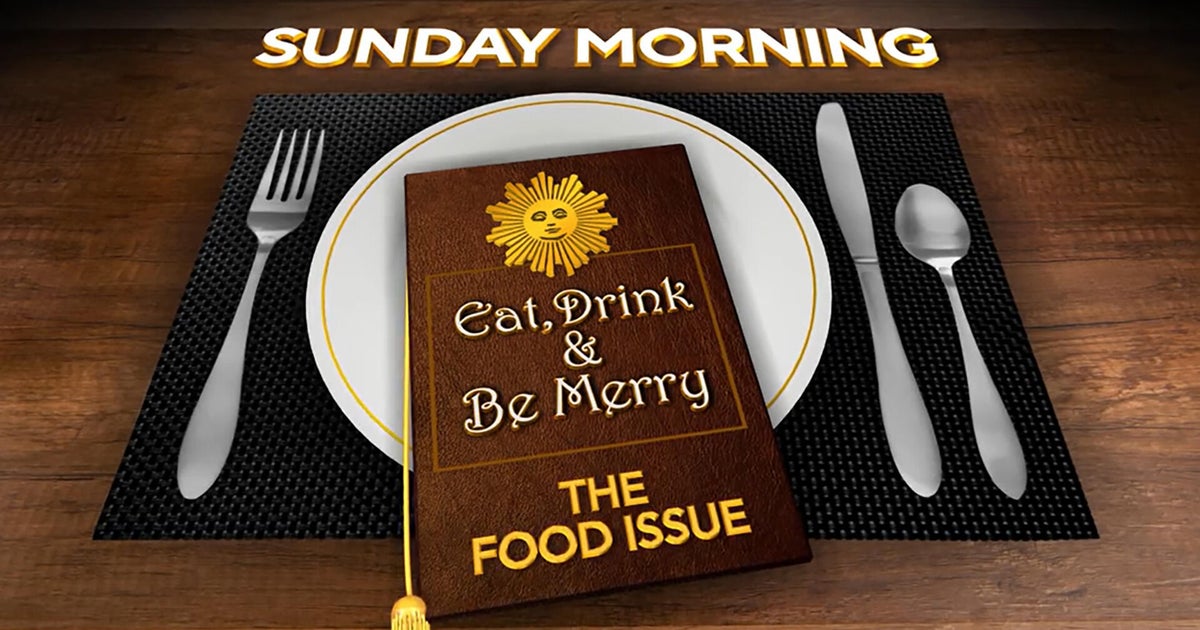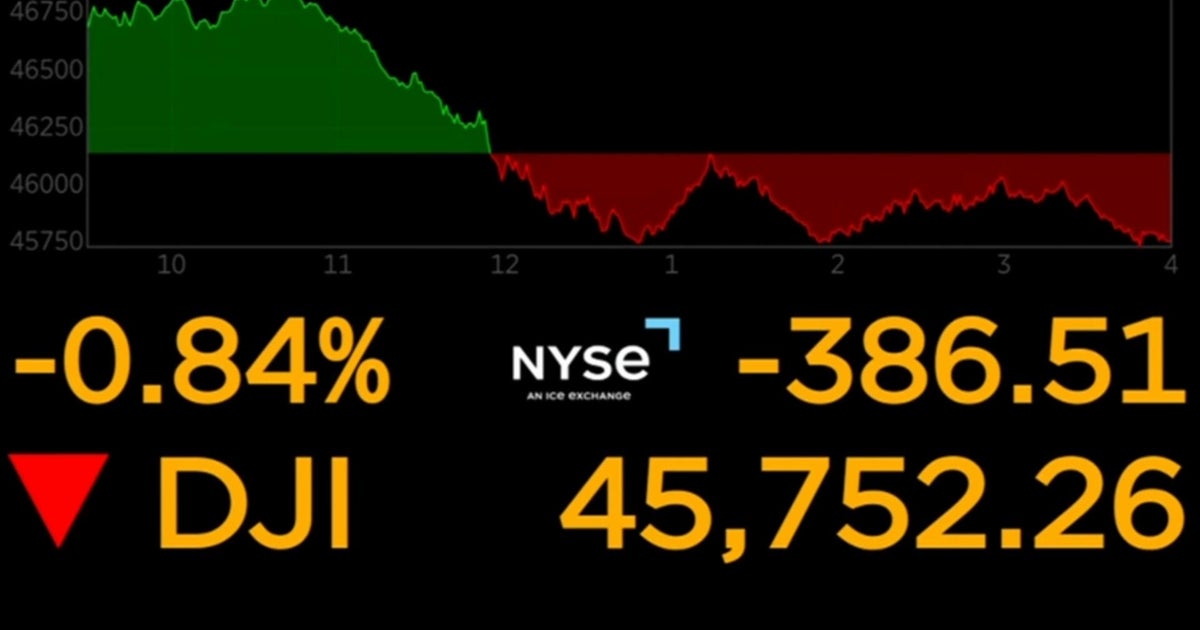With a bit of planning, snacks can be healthy, satisfying and delicious all at once. And yes, peanut butter on toast is permitted.
Anna Maltby
November 21, 2025
Snacking can get a bad rap. But when it’s done well, it can be a helpful bridge between meals to manage blood glucose, support digestion and make sure you have the energy and focus you need to get through your day, nutrition experts say.
Snacks can also help to close nutrient gaps by adding diversity to your diet, incorporating things you might not be getting enough of during your typical meals, said Emily Wilcox Gier, a dietitian and associate professor in the Division of Nutritional Sciences at Cornell University.
“If we choose our snacks appropriately, we can help meet our goal for vegetables or whole grains,” she said. Smart snacks can also help you increase your intake of fibre, protein and micronutrients.
What makes a good snack?
To ensure your snack is nutritionally well rounded and satisfying, aim for including at least two of the three macronutrients: protein, carbohydrates and fat. So if the main component of your snack is, say, a piece of whole grain or sourdough toast (a good source of carbohydrates), top it with something like avocado, peanut butter or bean dip, which are loaded with healthy fats or protein — or both.
Prioritise deliciousness, too. Combine salty with sweet, or crunchy with smooth, and keep tasty toppings handy, such as everything-bagel or elote seasoning, chia seeds, chives, nuts and berries.
“It sounds corny, but we have taste buds for a reason,” said Shana Minei Spence, a New York-based dietitian and author of the book, Live Nourished. “The joy in eating comes from different types of textures and tastes,” she said.
How big (or small) should it be?
While a snack should be smaller than your average meal, it’s not one-size-fits-all. Serving sizes mostly depend on individual factors — things like the amount of time you go between meals, how physically active you are and if you have any particular health needs or conditions.
The recommended calorie range for a snack may seem wide — between roughly 200 and 400 calories. But the most helpful tool to measure appropriate snack size may be the hunger scale: If 1 is extremely hungry and 10 is extremely full, a good snack should leave you at about a 7, said Gretchen Wallace, a S dietitian and author of the newsletter, The Full Life. That way, the snack will mostly satiate you, but you’ll still have room for your next meal.
What’s the benefit of making your own?
Some of the best snacks are the simplest ones: a piece of fruit and some string cheese, or vegetables dipped in hummus. But the ideas here can help you get out of a snack rut, cover more nutritional ground and make snacking more enjoyable. Homemade snacks, prepped in batches, can be more budget friendly than store-bought options. And they’ll prevent you from hitting the nearest vending machine when you need something, stat (and make it less likely you’ll end up with an ultraprocessed snack that won’t really sustain you).
New York Times
The best recipes from Australia's leading chefs straight to your inbox.

